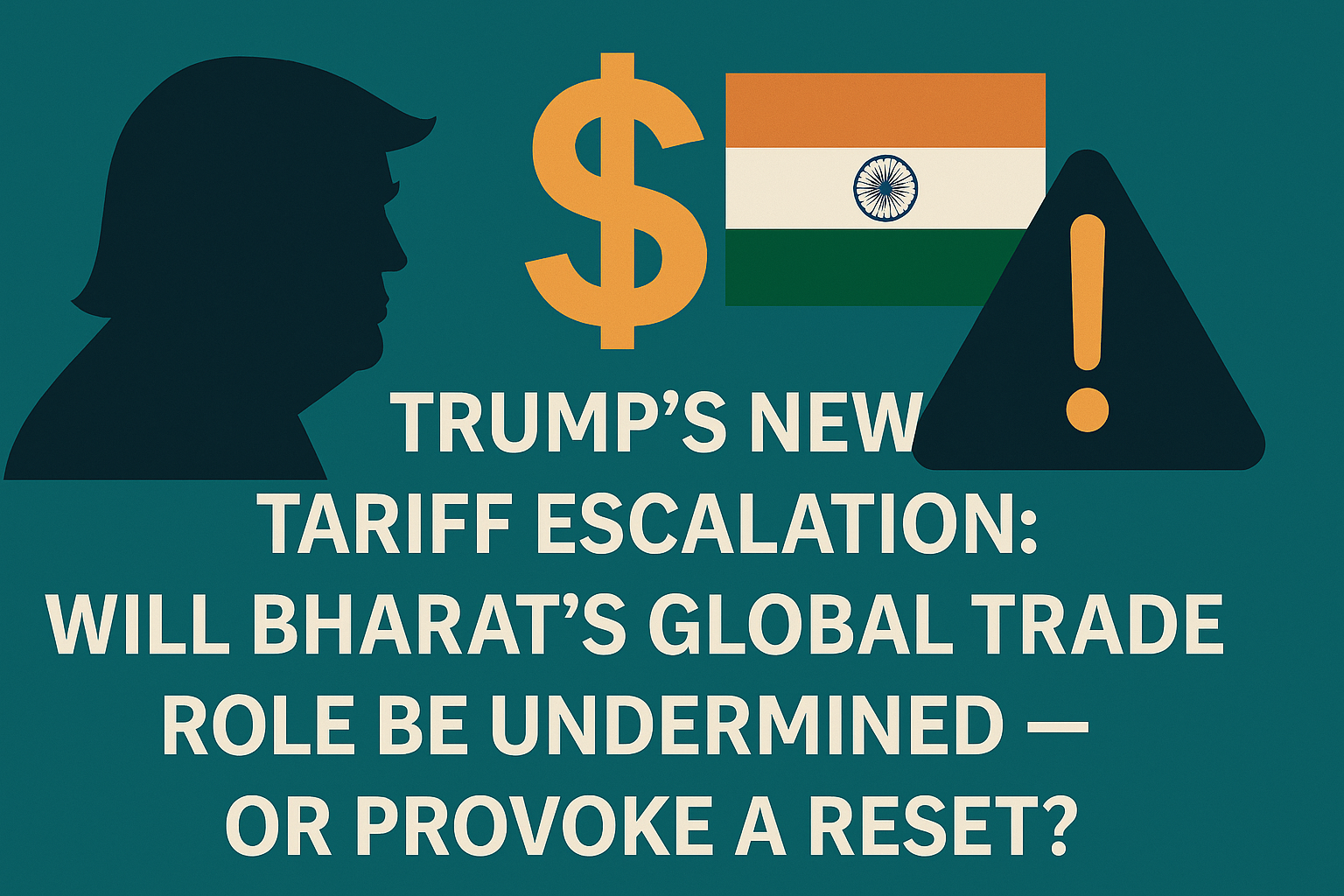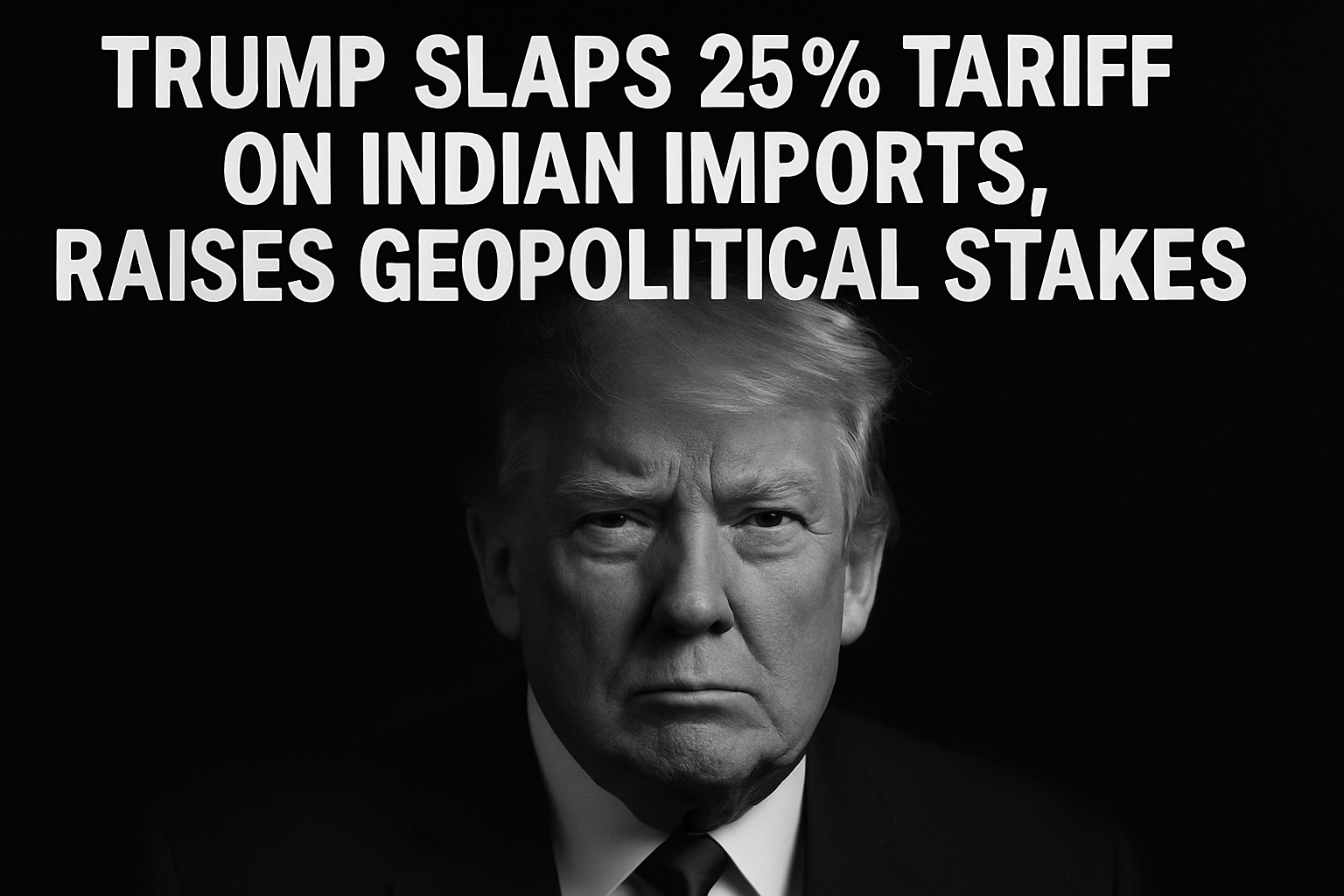Trump now plans to “very substantially” raise tariffs on India, citing oil trade with Russia. While final figures are unclear, they could go as high as 125%, possibly affecting critical sectors like pharma and electronics—and even Apple’s iPhone supply chain.
What Happened?
- In a fresh interview on CNBC’s Squawk Box, Trump reiterated a sharp tariff escalation on Indian goods, just days ahead of the formal implementation.
- His justification: India is still buying Russian oil, thereby “fueling the war machine.”
- Though he had settled on 25% tariffs, he now hints at massively increasing them within 24 hours.
What Could It Mean for India?
- India may now face secondary tariffs of up to 100–125%.
- No hard exemptions confirmed—leaving room for major industries like pharmaceuticals, electronics, and iPhone assembly to be affected.
- Apple, which recently moved major iPhone manufacturing to India, could be caught in the crossfire.
China’s Case as a Reference Point:
- Trump said he may not meet Xi Jinping unless a formal deal is reached.
- Experts believe China never requested a meeting, and Xi would only agree if a deal is nearly done.
- This suggests Trump is using similar tactics with India—public threats before formal deals.
India’s Position & What to Watch:
- No clear tariff ceiling yet, but speculation is rife that India will be lumped into secondary Russia-related sanctions.
- Sectors like pharma, tech, and energy could be hit unless exempted.
- If Trump follows the Brazil model, where 50% tariffs were imposed but with broad exemptions, India may push for similar deals.
What Bharat Must Prepare For:
- Short-Term: Negotiate sector-specific exemptions to shield key exports.
- Mid-Term: Leverage platforms like BRICS, WTO to challenge unilateral tariffs.
- Long-Term: Reduce dependence on U.S. markets by diversifying trade corridors (Africa, ASEAN, Latin America).
“Fueling the war machine”—Trump’s line could mark a new phase of pressure diplomacy against India. Bharat’s best reply? Policy clarity, supply chain strategy, and global coalition building.
United States



